文章推介
全部文章
環境生態
民主自由
健康生活
愛香港
今日精句
新詩共賞
好書推介
好人好事
Relationship between eco tourism and
livelihood of indigenous group of Sabah – the Kadazandusun
by Si-mi Au 2004/10/17
What is‘eco tourism’
It has been defined as a form of responsible travel to natural areas that conserves the environment and improves the well-being of local people. Efforts are made to minimize the impact of tourism, building more environmental awareness among the travellers and providing financial benefits for conservation and empowerment of local people.
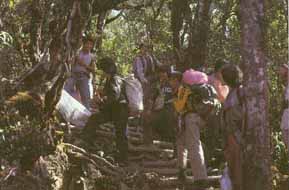 |
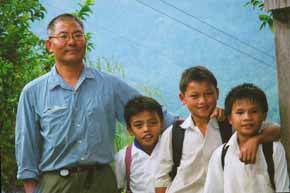 |
Kadazandusun
The largest indigenous group in Sabah who lives primarily on the west coast and in the interior region. They are traditionally cultivators of rice in rural areas, practising diversified agriculture.
However, nowadays an increasing number of the tribe cultivates cash crops like oil palm, pepper, cocoa and rubber trees. The reason being the land belonged to them for ages have been given away for the sake of development. They no longer are native land owners, but become a major manpower in Sabah’s rapid progress towards urban modernization.
Land
To them, land has spiritual and cultural values attached to it. They do not believe land as a commodity but as on loan to them from God and they are responsible to take care of it. They do not take from the forest and rivers any more than they need. Such practices for ages have nurtured the natural environment.
Deforestation vs sustainable development
Deforestation for development and urban modernization destroys the rich heritage of flora and fauna found in Sabah natural landscape. It is ironic to say that any development is sustainable insofar as it does not necessarily focus on improving the quality of life for all people, without increasing the use of natural resources beyond the capacity of the environment to supply them indefinitely.
It is hard to imagine or predict the fight against the rate at which jungle has been replaced by oil palms along the highways. Deforestation and forest degradation have significantly affected wildlife populations in the lowlands. Sabah has clothed in forest, including lowland evergreen rain forest, peat swamps, forests on limestone but in future, just imagine that without its popular wildlife conservation attractions – rain forest, beach resorts, sandy beaches, crystal clear water, who will come here for a tour?
Worldwide efforts to protect forests and biodiversity have been the creation of national parks. However if logging and oil exploration in fauna reserves still continue, such activities do destroy the world’s richest areas of biodiversity and the habitat of many cultures. Nevertheless, people surrounding the parks must also be involved in the park management and benefit from protection activities in order to safeguard the forests and wildlife.
Miki Survival Camp – one of our destinations
The setting up of Miki Survival Camp helps to conserve the area of the primary forest through tourism related activities. Jungle survival education would be conducted in Kampung Kiau, a village at the foot of St. John’s Peak, Mount Kinabalu. The jungle camp is enriched with knowledge of setting up shelter, forage for edible and medicinal jungle food which all are basically with nature.
So his virgin forested land would not give way to be converted into rice fields and nature lovers would be given a chance to trek through the wilderness.
Here below are ome beautiful sights around Mount Kinabalu
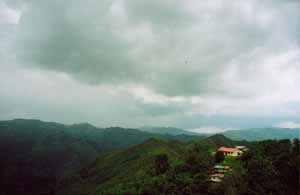 |
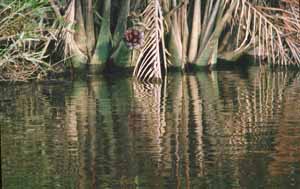 |
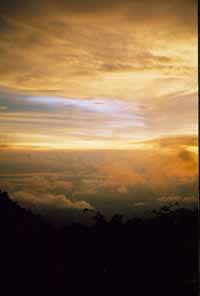 |
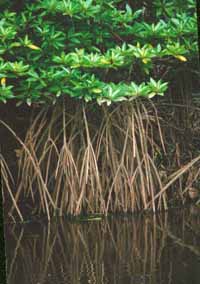 |